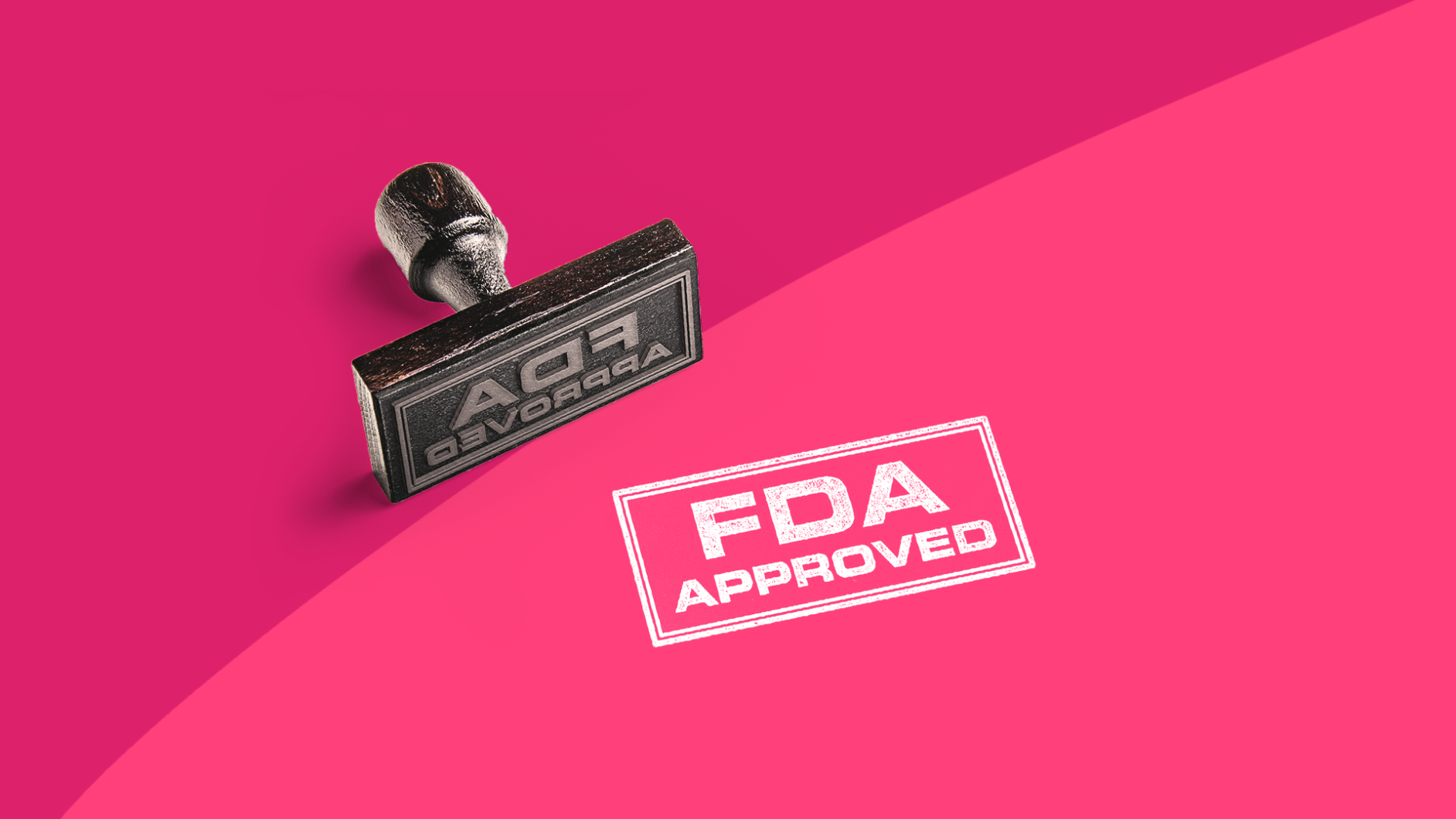The U.S. Food and Drug Administration (FDA) approved Qelbree, the first new non-stimulant medication for the treatment of attention deficit hyperactivity disorder (ADHD) in children and adolescents in more than 10 years.
Manufactured by Supernus Pharmaceuticals, Inc., Qelbree (viloxazine extended-release capsules) is a selective norepinephrine reuptake inhibitor—a class of drugs often used to treat anxiety and depression, and sometimes ADHD. Qelbree is approved to treat young people with ADHD between the ages of 6 and 17 years.
Qelbree: A new non-stimulant ADHD treatment option
About 70% of children with ADHD take some sort of medication for it, according to the National Institute of Mental Health (NIMH).
Many of them are prescribed stimulant medications, which work to increase levels of dopamine in the brain to help them focus their attention better. However, some parents prefer to avoid stimulants for their children out of concern for side effects such as restlessness, sleep problems, loss of appetite, and others. Or, some children cannot take stimulants because of another health condition.
The approval of Qelbree means that parents will soon have another option for treating their children with ADHD.
Currently, there are three other non-stimulant ADHD medications that also have FDA approval: Strattera (atomoxetine), Intuniv and Tenex (guanfacine), and Kapvay (clonidine ER).
“I think it’s very important to have another non-stimulant option,” says Andrew Cutler, MD, a clinical professor of psychiatry at SUNY Upstate Medical University and a clinical trial investigator that studied the use of Qelbree. “That’s really one of the biggest unmet needs in the treatment of ADHD.”
“I am excited about its potential,” says psychiatrist Sasha Hamdani, MD, ADHD clinical specialist in Kansas City. “I love the fact that it is a non-stimulant, thus reducing abuse potential and making it less obtrusive to obtain.”
Advantages of Qelbree
With a new ADHD treatment option, come new benefits for children with ADHD.
1. New medication form
Unlike the other non-stimulant ADHD drugs, Qelbree is available in capsule form, notes Dr. Cutler. (Strattera and its generic, atomoxetine, come in capsule form, but must be taken whole.) That means parents can break open the capsules and sprinkle the contents of a Qelbree capsule into a teaspoonful of applesauce. “There are some patients who can’t swallow a pill–or won’t,” Dr. Cutler says. “This gives another option to get the medicine into them.”
2. Quick onset
Another advantage, according to Dr. Cutler, is a relatively fast onset for efficacy. That is, the medication does not take as long to begin working and help the child who needs it.
3. Extended-release formulation
The once-daily administration is a bonus, Dr. Hamdani says. It alleviates the need to figure out dosing throughout the day, which can be “cumbersome and unrealistic,” especially if parents have ADHD, too.
Disadvantages of Qelbree
There are some limits to the new medication.
1. Medication warning
As with atomoxetine, the label for Qelbree does contain a warning about suicidal thoughts and behaviors in pediatric patients. Patients of any age treated with these medications must be closely monitored.
2. Limited use
Currently, the approval for Qelbree is only for the use in children and adolescents. But research is ongoing to investigate its potential with adults with ADHD, too. As Dr. Cutler notes, ADHD is a lifelong condition that affects adults, many of whom also take medication. According to the NIMH, the prevalence of ADHD in adults in the United States is about 4.4%, with incidence slightly higher in males than in females.
Supernus plans to make Qelbree available to patients by the end of the second quarter of 2021, which means it could be ready in time for the start of the new school year.




